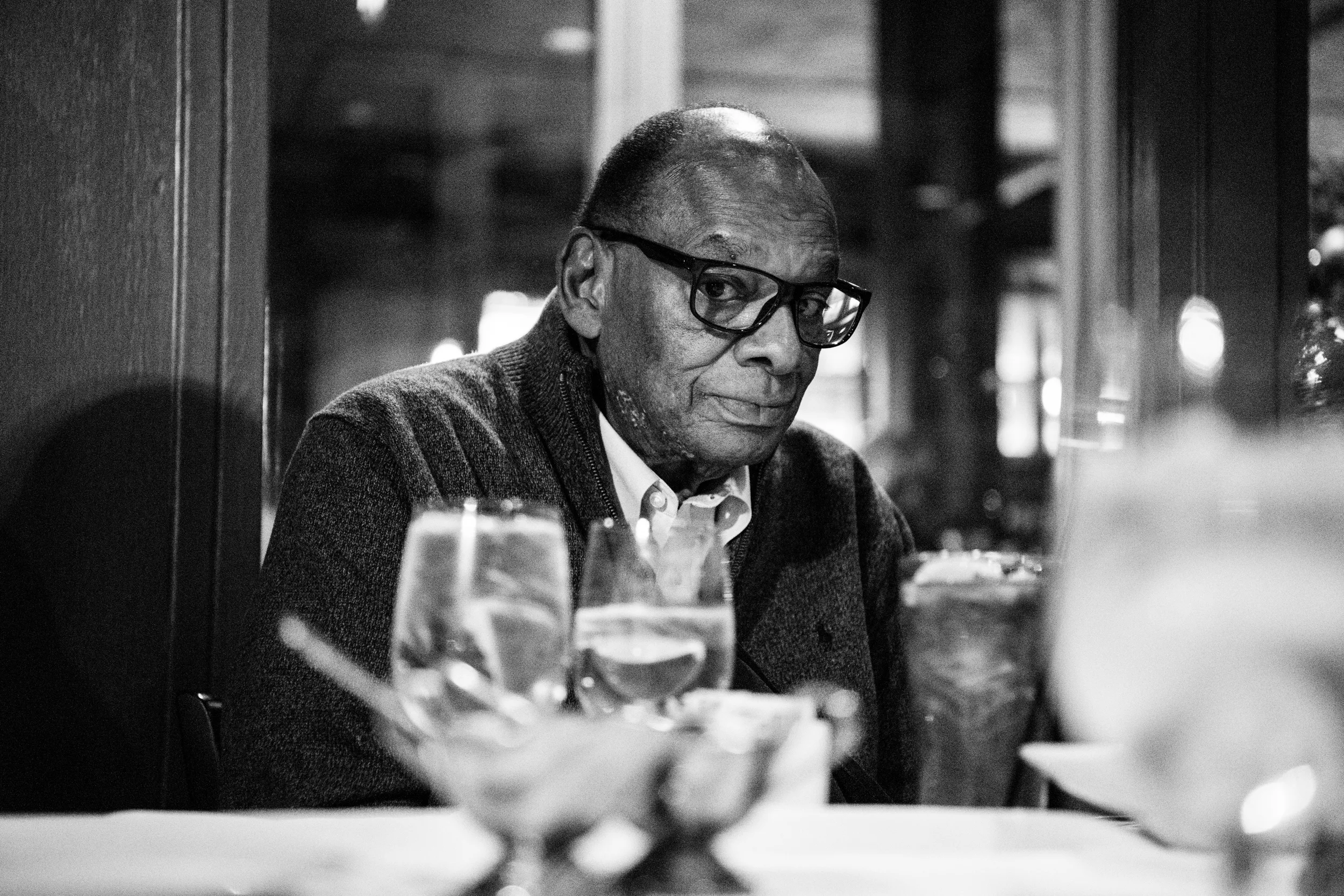
The Short Version
Referred to by many as “Coach,” George Raveling has transcended the intersections of sports, business, and culture. Following a standout college basketball career at Villanova University, he ascended to head coaching positions at Washington State University, the University of Iowa, and the University of Southern California. After retiring from coaching, Raveling joined Nike at the request of Phil Knight, where he played an integral role in signing a reluctant Michael Jordan. His renowned achievements include induction into the Naismith Memorial Basketball Hall of Fame and the National Collegiate Basketball Hall of Fame.
The Longer Journey
What to do With George?
I was born into segregation. Literally, from the first breath I took. In 1937, Garfield Hospital in Washington, D.C., had five floors, and four of them were for White people. Black people had to enter from the back. I was born in the hospital’s basement. At age 9, my father passed away, and by 13, my mother had a nervous breakdown and was institutionalized for the rest of her life. So, there I was, 13 years old, without parental supervision—my dad gone, and my mom in a mental institution. The question was, what do you do with George?
My grandmother worked for a white family in Georgetown, and she shared her dilemma with the lady of the house, saying, “I don’t know what I’m going to do, but I have to do something for him.” The lady mentioned that her daughter was the head of Catholic Charities in D.C. and offered to talk to her. As fate would have it, the daughter decided to help. She found a Catholic boarding school for me in Pennsylvania called St. Michael’s School for Boys.
At St. Michael’s, the priests ran the institution, while the nuns handled the teaching and service work. During my time there, I did everything from baling hay and picking apples to cleaning chicken coops and working in the kitchen. I scrubbed floors in the chapel and made beds. Every student had to do chores to help offset the cost of their stay. The classes were strict and rigorous, but because they were small, we received a lot of individual attention. It was nothing short of a miracle that my grandmother was able to get me into this situation.
My grandmother, like my parents, never graduated from high school. My grandma knew there had to be a better way for me, and she did everything she could to help me grow as a person. In many ways, my grandmother was like the Pope in our family—her word was infallible. Interestingly, my grandma was a product of the Blackfoot Indian Tribe, and on both sides, our family descends from American Indian Tribes.
I remember my grandmother telling me once, “George, back in the days of slavery, plantation owners used to hide their money in books on the shelves because their banking system wasn’t as sophisticated as it is today.” I asked, “Why, Grandma?” She replied, “Because they didn’t worry about the slaves stealing the money since the slaves wouldn’t take the books off the shelves—they couldn’t read.”
From that, I began to understand that as long as someone can control your mind, they can control who you are in your body. I decided I would never allow myself to be in a position where someone could control my mind and body due to a lack of information and knowledge. I made up my mind to read and learn as much as possible because I believe that people will respect you more if they respect you intellectually.
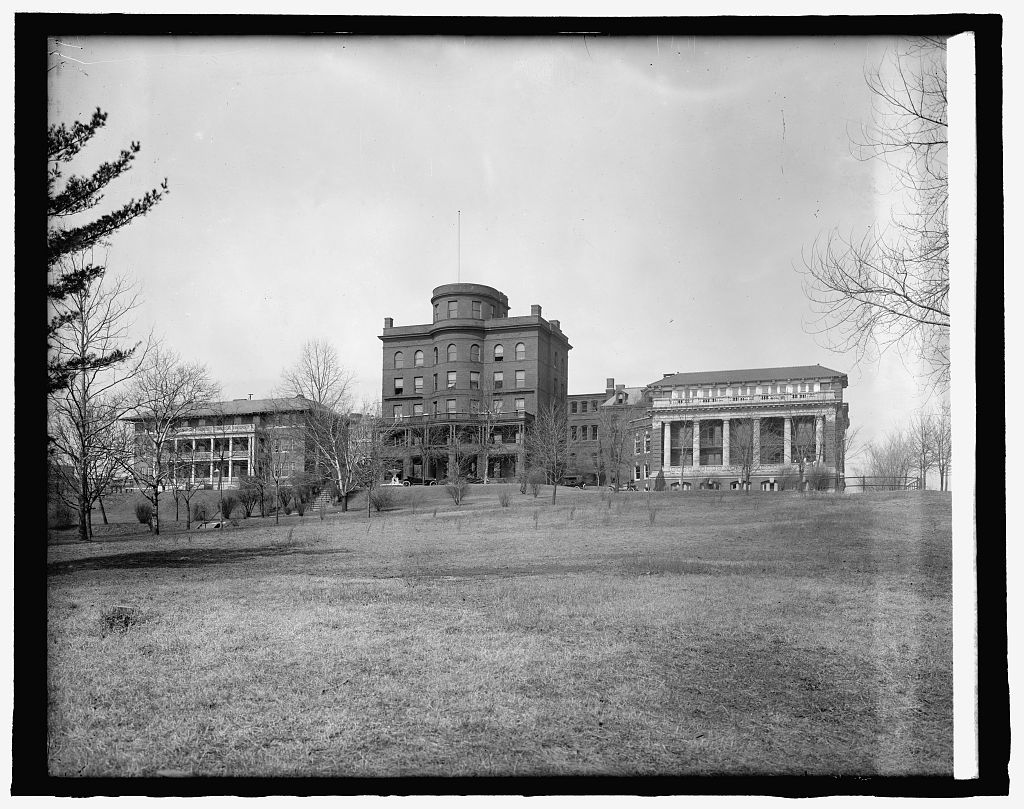
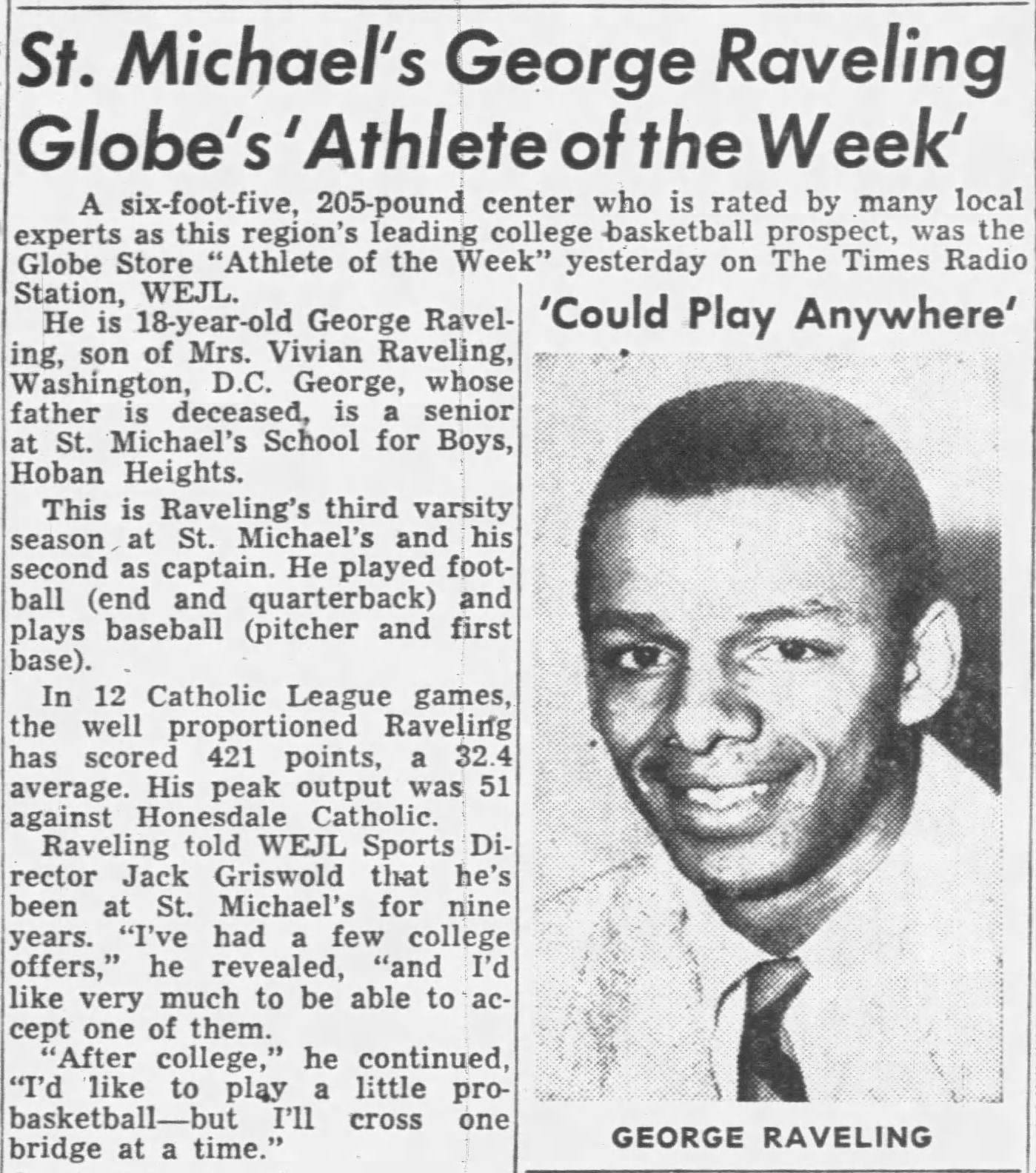
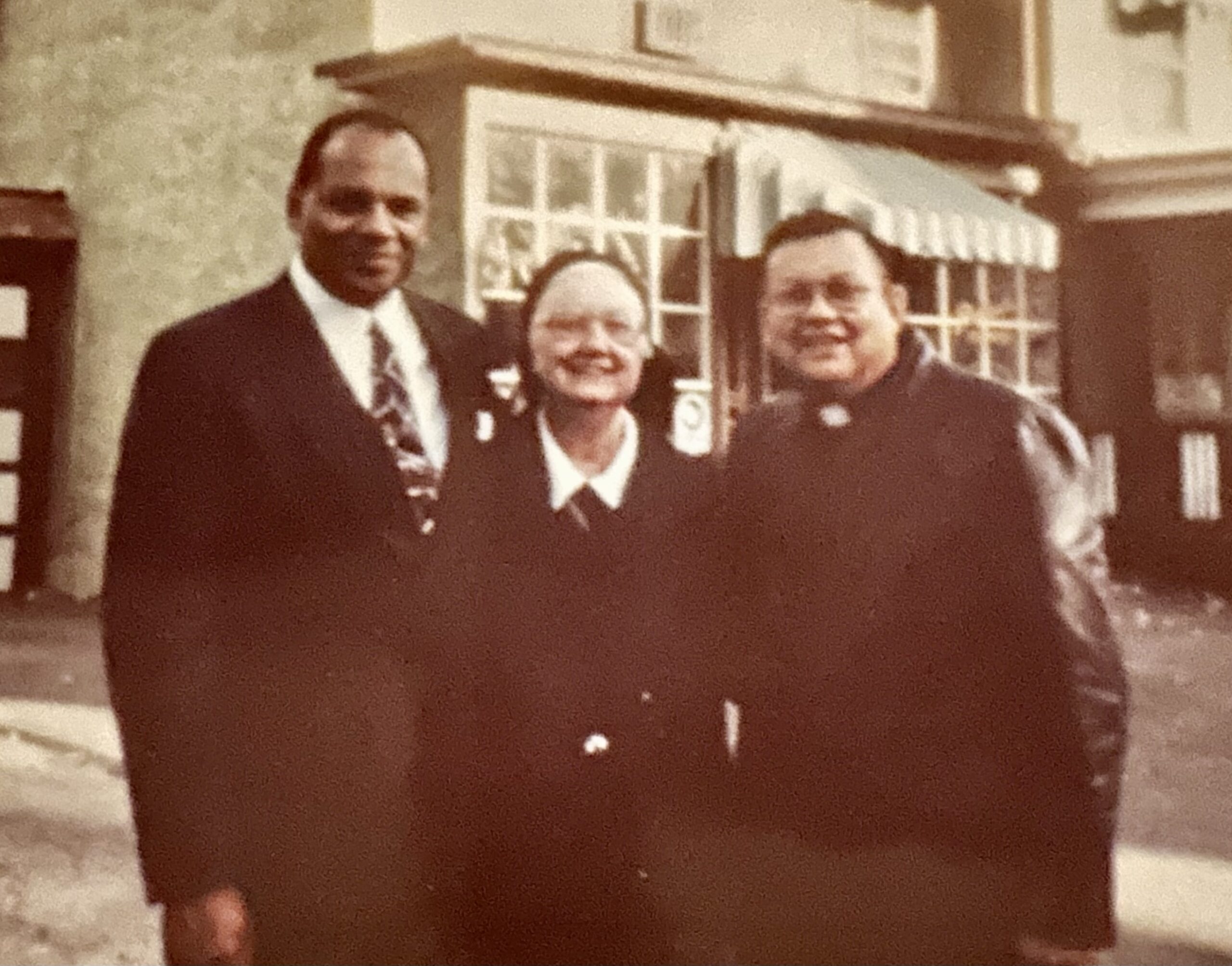
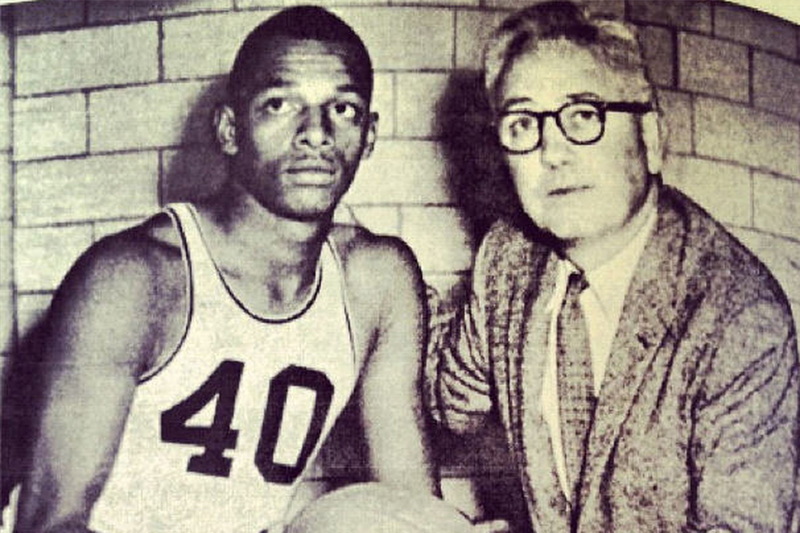

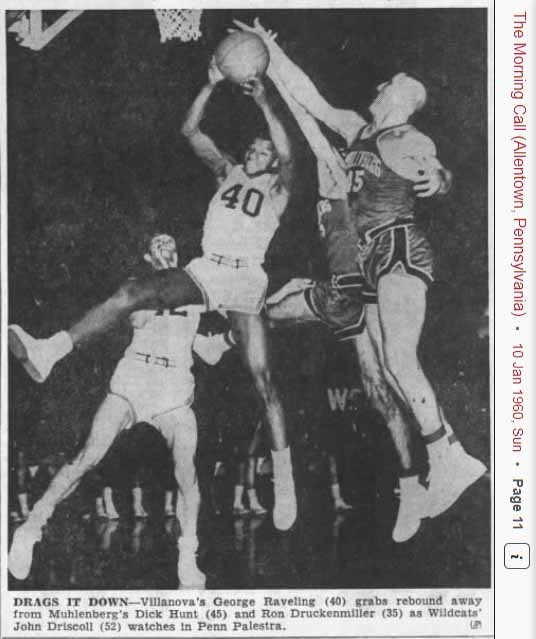
Once a Wildcat, Always a Wildcat
I remember calling my grandma to share the exciting news that I had been offered a scholarship from Villanova. I explained how it worked: if I agreed to play on their basketball team for four years, they would cover my education. There was a sudden silence on the phone. I asked, “Grandma, are you still there?” She responded with a soft, “Yes.” When I pressed further, asking why she was so quiet, she said, “Oh, I just feel like a failure.” Puzzled, I asked, “What do you mean?” She replied, “I thought I raised you better than that.” Confused, I asked, “Well, Grandma, what did I do wrong?” She said, “Stupid. No white people are going to give you a free education to play basketball. How could you be so foolish to believe—” She simply couldn’t fathom that someone would offer to pay for my education just for playing basketball, especially given the racial dynamics of the time.
When I arrived at Villanova’s campus in 1956, I carried with me not just my suitcases but also my hopes, dreams, fears, and uncertainties. At that time, there were only ten Black students at Villanova. Despite the challenges, Villanova soon became my home and continues to hold a special place in my heart.
It took my grandma over a year to fully trust that this opportunity was real. It wasn’t until I arrived on campus and attended my first class that she began to believe in the validity of the scholarship and my place at Villanova.
Coach Alexander Severance taught me much more than just basketball; he imparted valuable life lessons. The thing about Coach Severance was that he saw himself more as an extension of each player’s family than as just a coach. The greatest lessons I learned from him had nothing to do with basketball. He helped me learn to value education and the spoken word.
Even six decades later, one profound lesson from my time at Villanova remains with me: “Nothing in life is of any value unless you can share it with someone.” I have dedicated my life to embodying and implementing that powerful truth in all I do.
Life After College Hoops
Before getting my start as an assistant at my alma mater, Villanova, my first job out of college was as a marketing analyst for Sun Oil Company (now Sunoco). I quickly gained a reputation as a master recruiter. Relationships have always been a pivotal pillar in my life, which ultimately led to me being hired by Coach Lefty Driesell to join his staff at the University of Maryland, making me the first African-American coach in the ACC.
Coach Lefty Driesell was a phenomenal teacher, coach, leader, mentor, and human being. He sparked my passion for reading and broadened my perspective on the world. He taught me not to limit myself to the sports section and introduced me to a reading system that I still follow today. When I pick up a newspaper, the sports section is the last one I read, a habit that started with him. He also instilled in me the importance of reading the editorial page daily. Another valuable lesson from Lefty was the emphasis on appearance; he wanted us to be the best-dressed staff in the ACC. The habits and values I learned from Coach Lefty Driesell have stayed with me throughout my life.
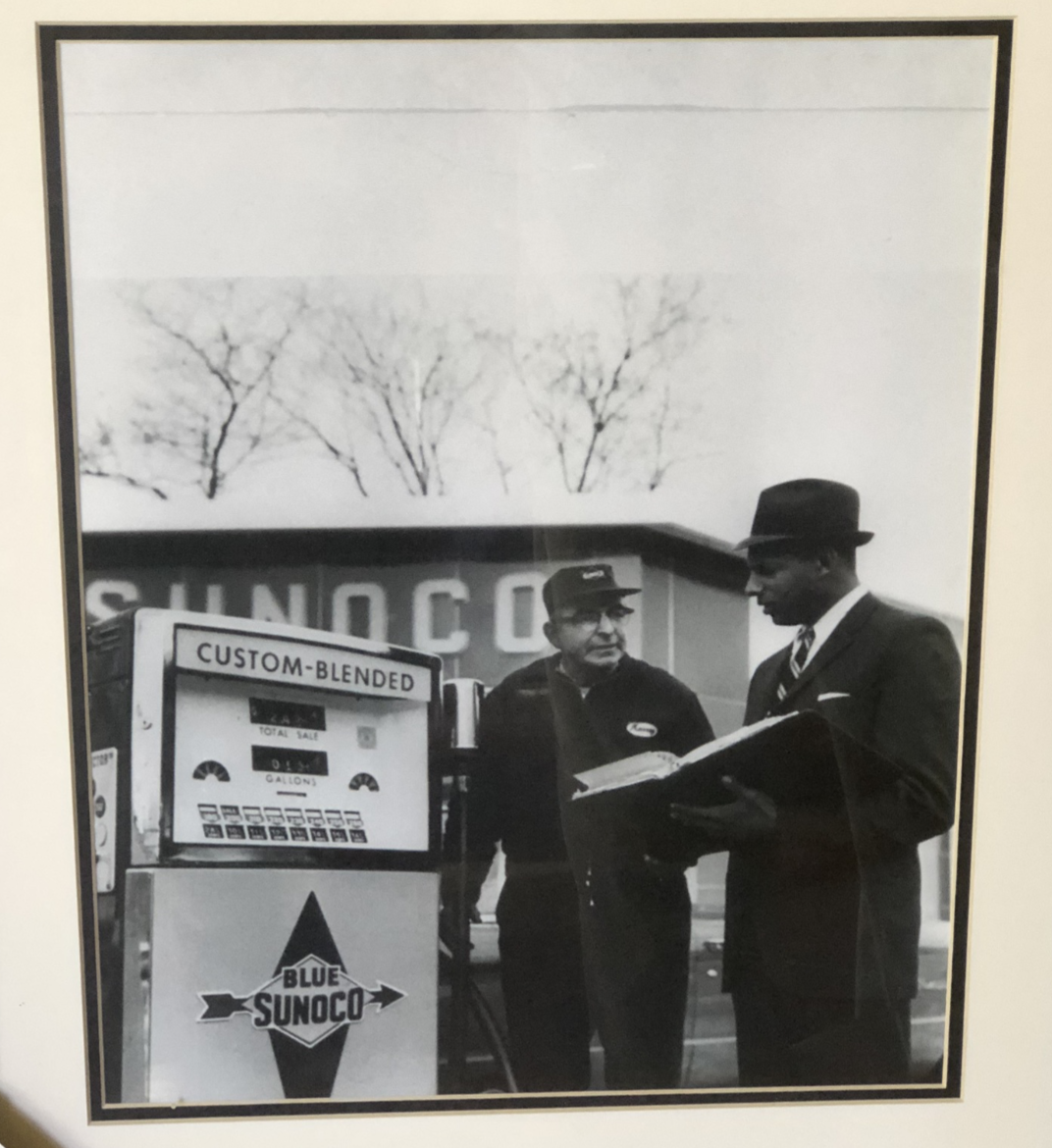
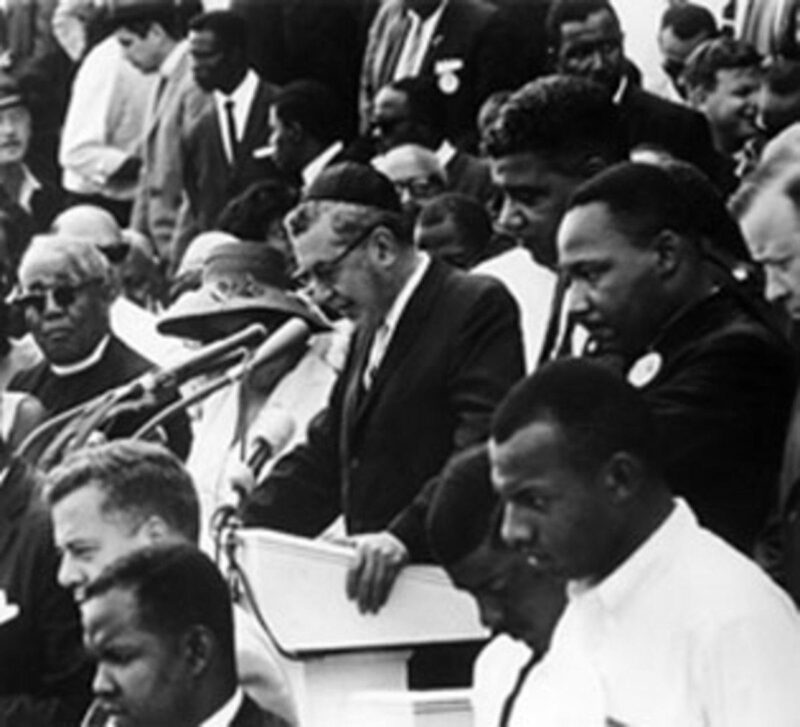
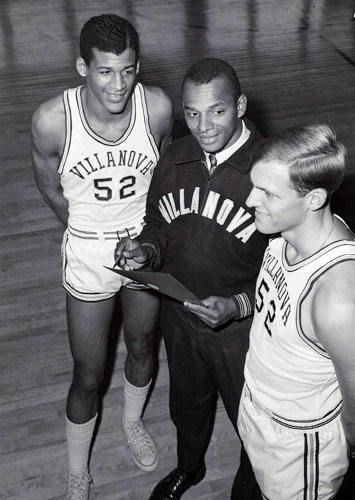
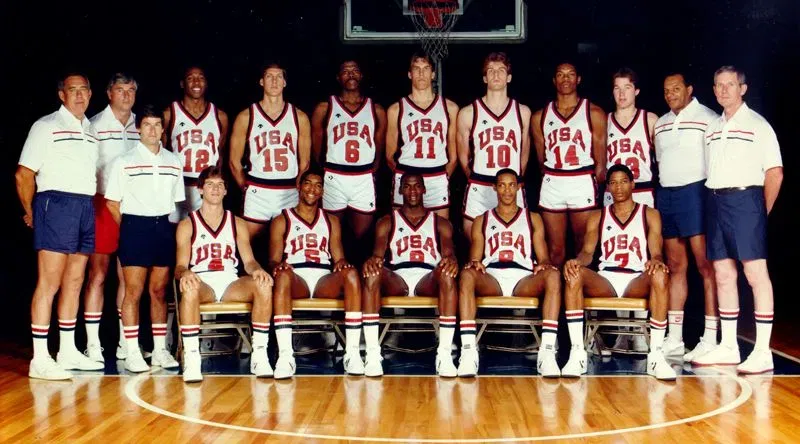
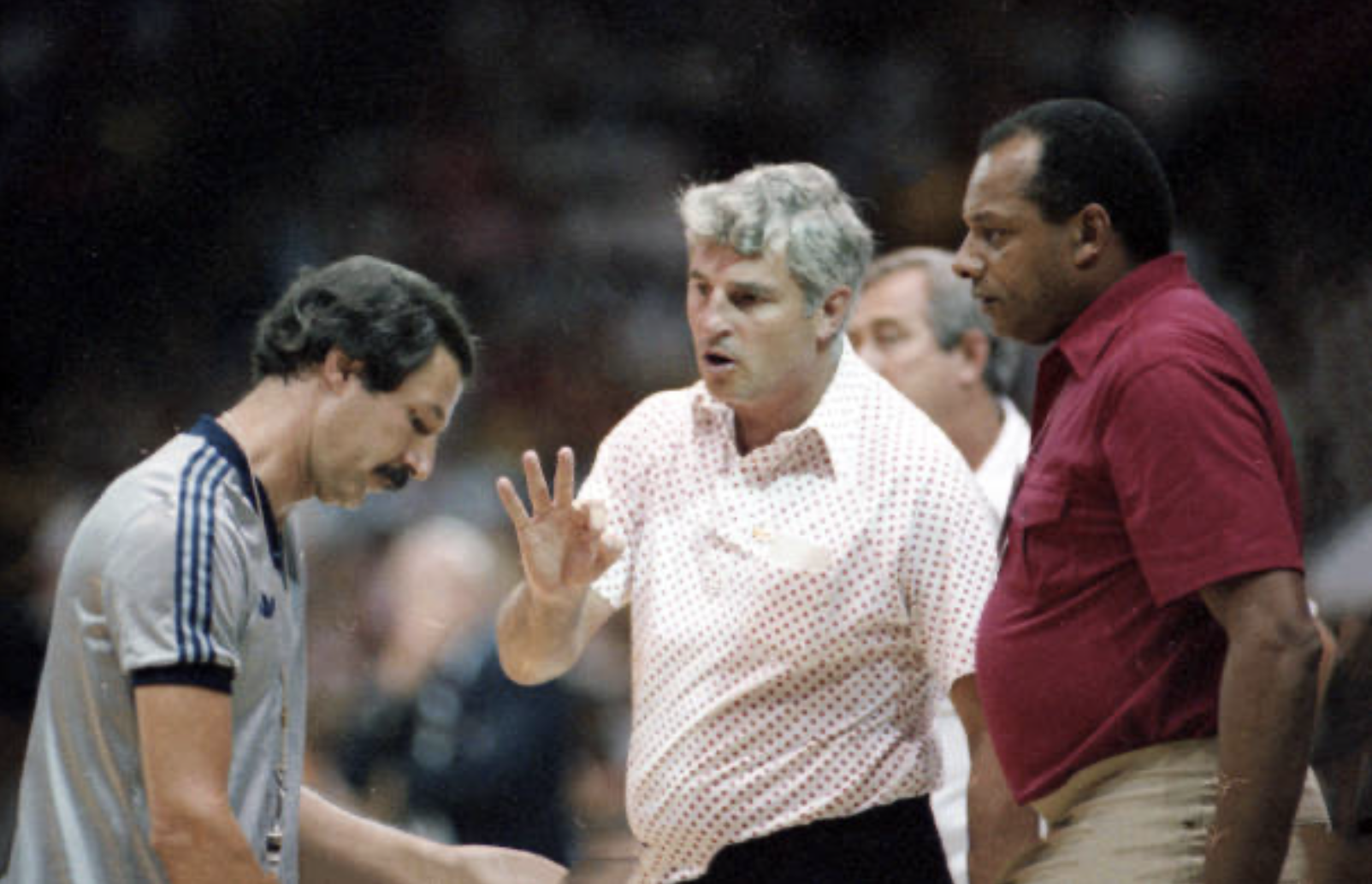
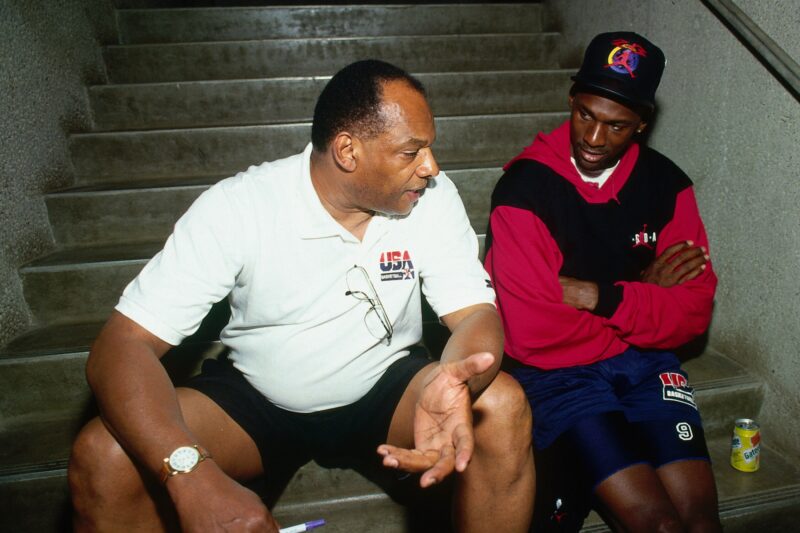
The Ultimate Sacrifice
Bob Knight’s greatest gift to me was recognizing a potential within me that I hadn’t seen in myself. His relentless drive to ensure I reached it was unparalleled. He once told me, “George, if we’re going to succeed in this profession, we need to become experts in some facet of the game. You need to make yourself an expert in a particular phase of it.”
Coach Knight offered me an invaluable opportunity that remains one of the highlights of my life: representing the USA at the 1984 Olympics.
As an assistant coach during those games, Knight tasked me with researching motivational quotes before the Gold Medal match. One saying that became a guiding light for our team was: “Each one of us has a relative who gave his life for this country. The least we can do is give 40 minutes of ourselves.”
I vividly recall the months leading up to the 1984 Olympics in Los Angeles. I envisioned winning the gold medal, standing at attention as the National Anthem played, and gazing at the American flag. Even though we live in a different era now, this was how I felt. Growing up, my grandmother instilled in me a deep respect for America—despite its flaws, we would work through them, but at the end of the day, we were Americans. I imagined the pride of standing on the podium, hearing the National Anthem, and feeling a profound sense of accomplishment.
The 1984 Olympics were an unparalleled experience, representing my country with such pride, and the anticipation leading up to it is a moment I will always cherish and never take for granted.
Just Do It
Following brief roles as a color commentator for Fox Sports and CBS, I joined Nike, Inc., at Phil Knight’s request, where I played an integral role in signing a reluctant Michael Jordan.
At 60, the prevailing notion was that retirement was imminent—a gold watch, then a leisurely life. However, the decade between 60 and 80 became arguably the most productive of my life. I experienced remarkable growth and evolution during this period.
At 63, I was defying the odds when Nike appointed me Director of International Basketball, following my role as Director of Grassroots Basketball. Despite being an ex-basketball coach, a Black man with no formal business background beyond an economics degree, I found myself leading a major Fortune 500 division.
When I graduated with an economics degree from Villanova, I often wondered if it was a waste. I thought I would never use it. Little did I know that, at 63 and beyond, those lessons would become invaluable. My education paid off in ways I hadn’t anticipated.
My tenure at Nike and my love for the game of basketball took me to six of the seven continents. Over more than twenty years, Nike became my coach, teaching me profound lessons in the power of relationships, leadership, culture creation, and transforming human behavior globally.
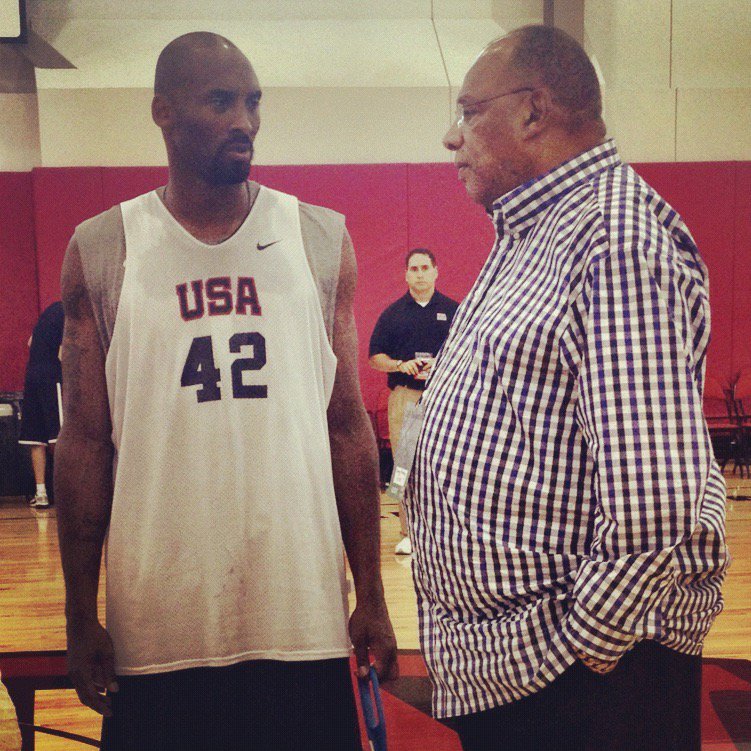
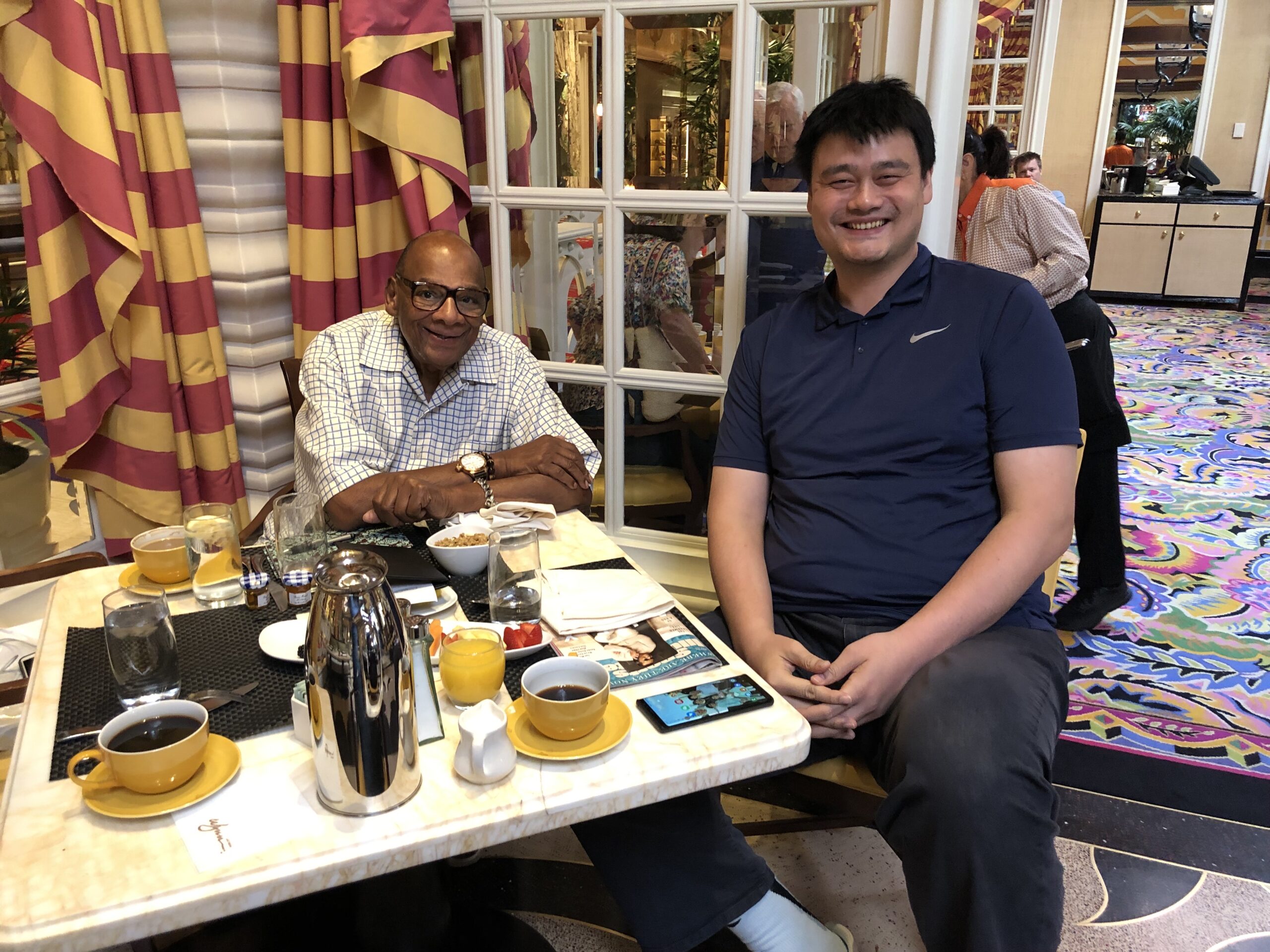
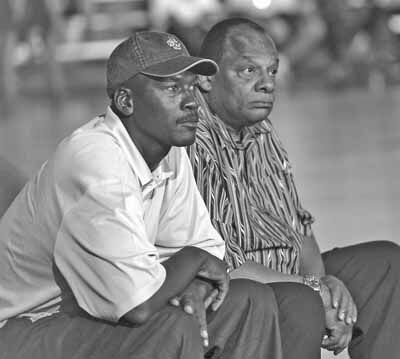
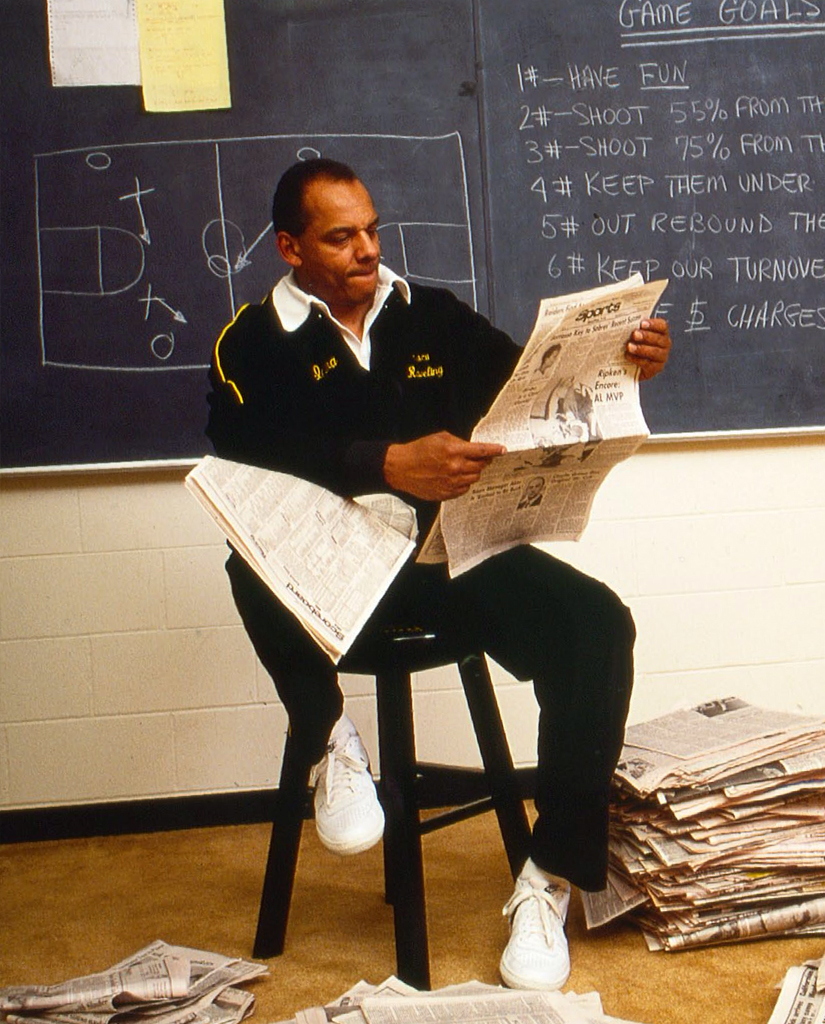
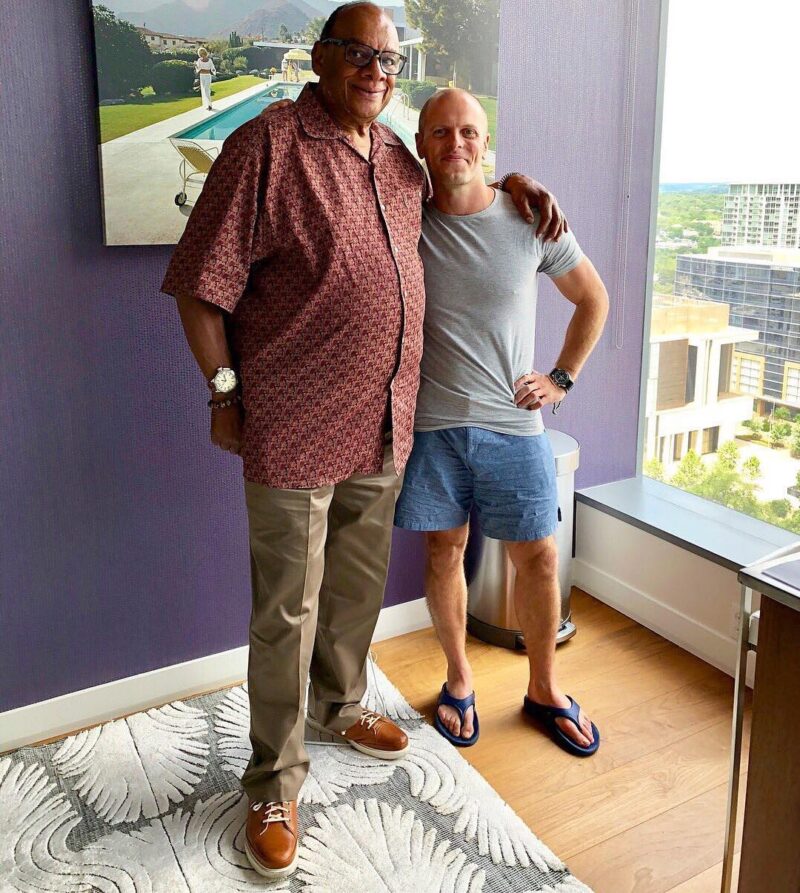
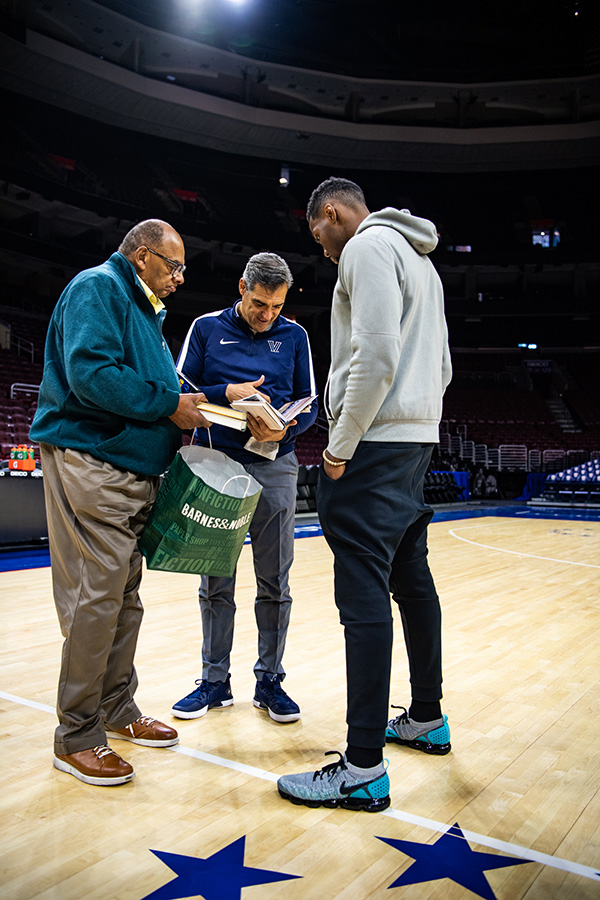


I’ve Never Believed in Retirement
I’m not too fond of the concept of retirement. It’s the biggest force that’s ever been predicated on us is this idea of retirement because the first thing that happens is you retire physically, and then you retire mentally. Then you’re just taking up residence in society. I don’t ever want to be a resident of society. I want to be a contributor to society. Our lives consist of two dates with a dash in between. It is our responsibility to make that dash count. Retirement is a mindset that usually gets manifested into our daily reality. When retirement looms, we often stop learning, unlearning, and relearning. But even if we retire from our professions, we should never retire from pursuing knowledge, wisdom, and the meaning of life.
At 87, I am still a work in progress. Each day is a sacred gift and an honor to continue exploring and reaching for our outer limits. The light shines on our souls just once in life. There is always an untapped reservoir of burning purpose and potential within us waiting to be revealed and activated. The most valuable present we will ever receive is the gift of being alive.
I realize that too often in our lives, we focus on the outer versions of who we are instead of the inner versions of who we are. The journey toward self-mastery is a marathon, not a sprint, that will challenge us to the depths of who we are ― which can sometimes be uncomfortable and messy yet beautiful.
I have come to realize life is about unpacking the most difficult question of “Who am I?” and being at peace with the discoveries. To this day, I am still asking myself those three words: Who am I? This question has ultimately become my North Star and the guiding compass for my self-leadership and self-mastery journey.
SUBSCRIBE TO MY NEWSLETTER
A newsletter from an 87-year-old Modern Elder, seamlessly blending profound and timeless life lessons from the intersection of sports, leadership, business, history, and culture.

